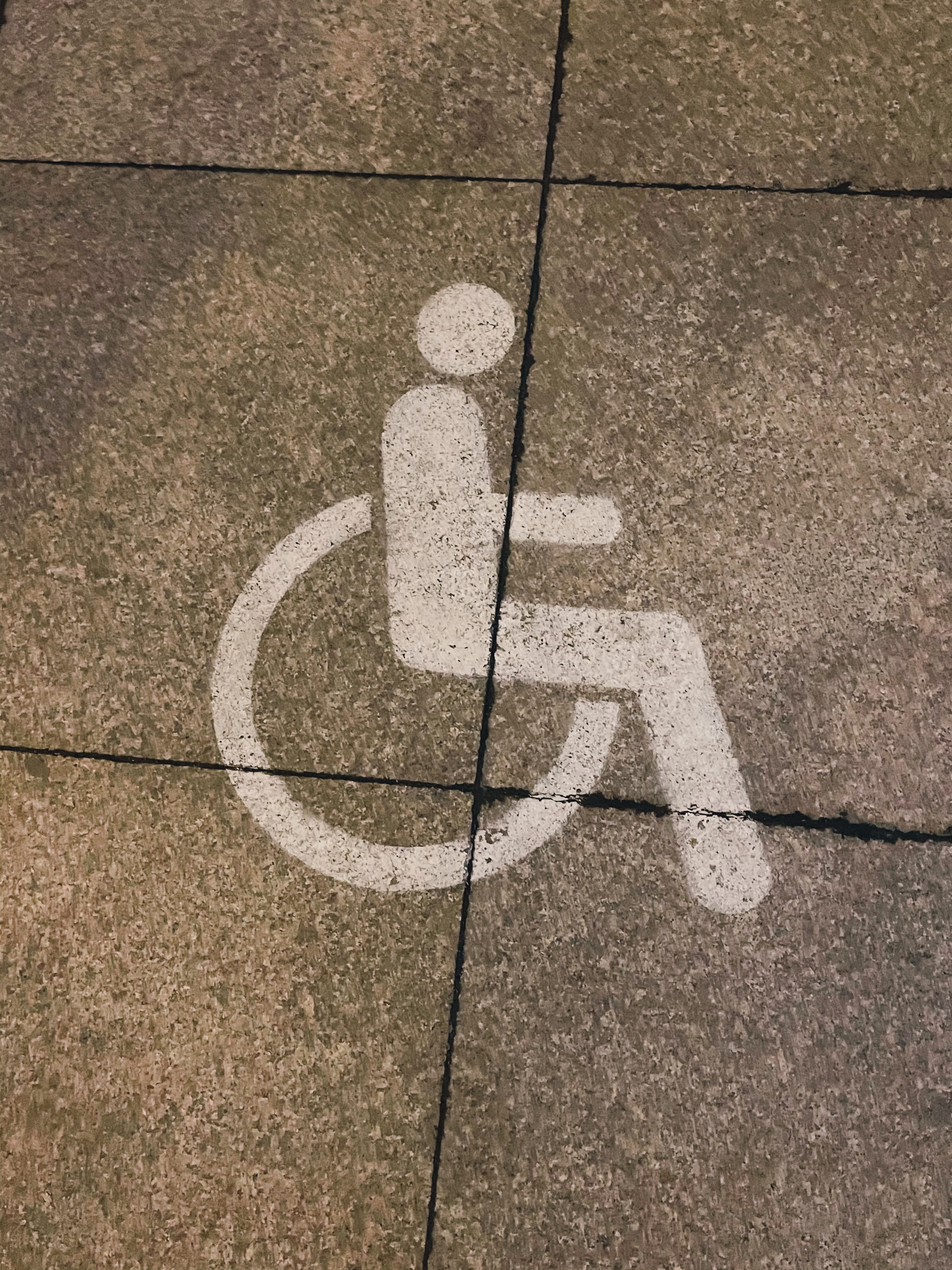In the telehealth revolution, disabled patients face major medical care barriers
null • Mar 14, 2022 12:00:00 AM

There are (at least) two sides to every story.
Over the past few years, the rise of telemedicine has often been lauded as a way for all patients to have better access to care. Former boundaries like geography, time, and a desire for privacy have been erased thanks to online appointments with general practitioners and specialists alike. When the pandemic hit, the benefits of telehealth increased, as did innovations like at-home and drive-through screenings for Covid and other conditions.
And yet, a troubling new report from Kaiser Health News and Lauren Weber, featured on CNN Health, reveals that for certain patients, these seemingly positive changes represent new challenges and barriers to care.
For instance, the report points out, at-home Covid tests include small print that visually impaired patients may not be able to read. On top of that, there is no way for visually impaired or blind people to know the result of a test.
Drive-through testing has also presented challenges not all of us might realize. Florida Council of the Blind president Sheila Young reminds readers that blind people don’t usually own cars. Paying for an Uber or Lyft to sit in lines that might have lasted hours at the height of the pandemic was a significant expense that many had to forgo.
Some people are also worried about taking car services in the first place, due to a fear of exposure to Covid. For Divya Goel, who is blind and deaf, this has meant being cut off from the world, including when it comes to going to certain medical exams.
Even when disabled people have been able to reach testing sites, they haven’t always been able to access the results. For instance, major medical testing companies Labcorp and Quest Diagnostics require the use of touch screens in order for patients to check in at testing sites. These screens offer no audio option or other way for blind and visually impaired people to use them, which has caused the American Council for the Blind to file a lawsuit against both organizations.
Another issue is even more troubling. Of the two telehealth consultations Goel has had during the pandemic, she wasn’t provided with a medical interpreter. Hers isn’t an isolated case, as other testimonials in the article, including that of Lise Hamlin, a woman who struggles with hearing loss, attest.
Shockingly, while some of the issues disabled people are facing are due to oversights in developing technology, there’s no real excuse for a medical professional or organization not to provide patients with an interpreter. Many disabled people have been told that it’s up to them or their insurance company to provide an interpreter or services like captioning - but in fact, federal law states that healthcare providers themselves are required to provide services like this for patients.
This may not be about breaking or neglecting rules, so much as ignorance; the article cites a report from January of this year in which 35% of physicians were unaware of their legal responsibilities concerning patients with disabilities.
As for disabled people themselves, many have been reluctant to speak up. Part of it is due to a lack of time, energy, and/or financial resources that would be needed to file a complaint or take legal action. But in some cases, there’s also the spirit of the hard times we’ve all faced at play, as well: "You're in the middle of a pandemic, how much do you want to alienate your doctor?
